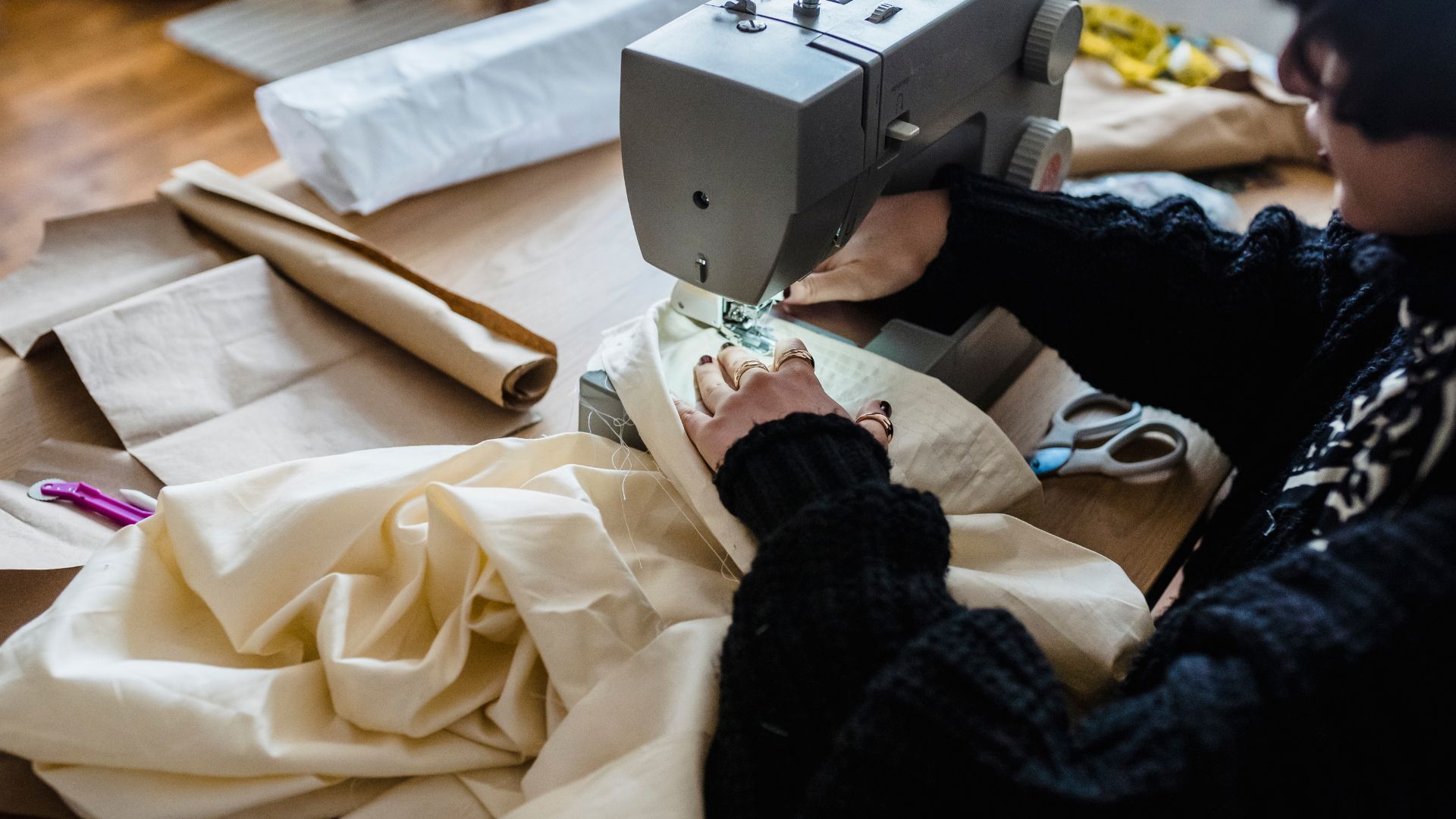The journey from design to retail is a complex, multifaceted process that brings together creativity, craftsmanship, and commerce. This article explores each stage of garment production, highlighting the people involved and the intricacies of the fashion industry.
1. Concept and Design
The journey begins in the design studio, where the initial concept is born. Designers draw inspiration from various sources—art, culture, nature, or current trends. They sketch ideas, create mood boards, and select color palettes.
Key Players:
- Fashion Designers: These visionaries are responsible for conceptualizing the garments, blending artistic creativity with market research.
- Textile Designers: They focus on creating unique fabrics, patterns, and textures that will be used in the garments.
Once the design is finalized, technical sketches are produced, detailing every aspect of the garment, from seams to stitching techniques.
2. Prototyping
With designs in hand, the next step is prototyping. This involves creating a sample garment to assess fit, design, and functionality.
Key Players:
- Pattern Makers: They transform the designer’s sketches into patterns, which serve as the templates for cutting fabric.
- Sample Makers: Skilled artisans who sew the first version of the garment, often making adjustments based on designer feedback.
This stage is crucial for identifying potential issues before mass production. The prototype is fitted on models, and adjustments are made as needed.
3. Sourcing Materials
Once the prototype is approved, it’s time to source materials. This stage involves selecting fabrics, buttons, zippers, and other components.
Key Players:
- Sourcing Managers: They identify and negotiate with suppliers, ensuring materials meet quality and sustainability standards.
- Textile Manufacturers: These companies produce the fabrics used in garments, often requiring collaboration to achieve specific designs.
Material choices can significantly affect the garment’s look, feel, and price point, making this stage vital to the production process.
4. Production Planning
With materials secured, production planning begins. This phase involves scheduling the manufacturing process and estimating costs.
Key Players:
- Production Managers: They oversee the entire production timeline, coordinating between various teams to ensure deadlines are met.
- Cost Estimators: These professionals calculate the cost of materials, labor, and overhead to determine pricing strategies.
Production planning is crucial for ensuring that the garment is made efficiently and within budget, setting the stage for successful manufacturing.
5. Manufacturing
The heart of garment production is the manufacturing process, which often takes place in factories around the world. This stage involves cutting, sewing, and finishing the garments.
Key Players:
- Cutters: They carefully cut fabric according to the patterns, ensuring precision for each piece.
- Sewing Operators: Skilled workers who assemble the garments, employing various stitching techniques.
- Quality Control Inspectors: These individuals check the finished garments for defects, ensuring they meet the brand’s quality standards.
Manufacturing can vary significantly in scale and location, from small artisanal workshops to large industrial facilities, each with its own set of challenges and practices.
6. Distribution and Logistics
After manufacturing, the garments need to be distributed to retailers. This stage involves logistics planning, packaging, and shipping.
Key Players:
- Logistics Coordinators: They organize the transportation of goods, ensuring that products reach their destinations efficiently.
- Warehouse Staff: These workers manage inventory and prepare garments for shipment to retailers or customers.
Effective logistics are essential for maintaining timely delivery and inventory management, impacting the overall success of the brand.
7. Retail Presentation
Once garments arrive at retail locations, they need to be displayed attractively to entice customers. This involves visual merchandising and marketing strategies.
Key Players:
- Visual Merchandisers: These professionals create appealing displays and layouts in stores to enhance the shopping experience.
- Marketing Teams: They develop campaigns to promote the garments, utilizing social media, advertising, and events.
Retail presentation is key to attracting customers and driving sales, showcasing the creative vision behind the garments in a way that resonates with consumers.
8. Sales and Customer Engagement
The final stage of the journey is the sale of the garments to consumers. This involves direct interaction and feedback, which are crucial for future designs and collections.
Key Players:
- Sales Associates: They assist customers, provide information, and foster a positive shopping experience.
- Customer Service Representatives: These individuals handle inquiries and feedback, playing a vital role in customer satisfaction.
Sales data and customer insights help brands understand market trends and consumer preferences, guiding future design decisions.

